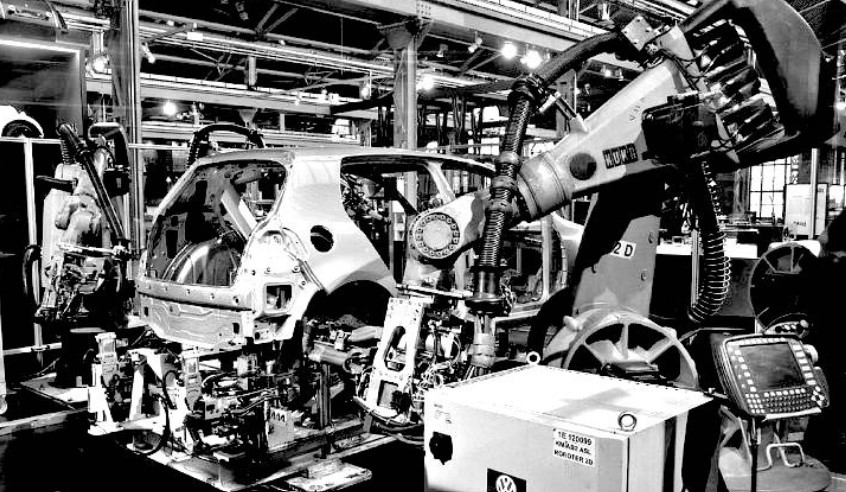How Can Artificial Intelligence Be Applied in Manufacturing?
AI and Machine Learning are giving manufacturers an unprecedented ability to skyrocket throughput, optimize their supply chain, and accelerate research and development.
Since the rise of the internet, the world’s top-producing factories have digitized their operations. Now, terabytes of data flow from almost every tool on the factory floor, giving organizations more information than they know what to do with.
Unfortunately, many companies lack the resources to translate this information to reduce costs and increase efficiency. For that, companies need Artificial Intelligence.
What’s Driving the Urgency to Adopt AI?
High revenue volatility • Need to continuously find cost savings • Short production times • Increased regulation and inspections • Learning and adaptability on the factory floor • Manufacturing capacity and supply chain demands • Increased need for small-batch and/or customized goods
The Factories of the Future Can…
- Detect defects throughout the production process.
- Deploy predictive maintenance to reduce downtime.
- Respond to real-time changes in demand across the supply chain.
- Validate whether intricate goods like microchips have been perfectly produced.
- Reduce costs of small-batch or single-run goods, enabling greater customization.
- Improve employee satisfaction by shifting mundane tasks to machines.
Key Uses for AI in Manufacturing
Defect Detection
Today, many assembly lines have no systems or technologies in place to identify defects across the production line. Even those which may be in place are very basic, requiring skilled engineers to build and hard-code algorithms to differentiate between functional and defective components. The majority of these systems cannot still learn or integrate new information, resulting in countless false-positives, which then have to be manually checked by an on-site employee.
By imbuing this system with artificial intelligence and self-learning capabilities manufacturers can save countless hours by drastically reducing false-positives and the hours required for quality control.
Quality Assurance
Manufacturing requires acute attention to detail, a necessity that’s only exacerbated in the electronics space. Historically speaking, quality assurance has been a manual job, requiring a highly skilled engineer to ensure that electronics and microprocessors were being manufactured correctly and that all of its circuits were properly configured.
Today, image processing algorithms can automatically validate whether an item has been perfectly produced. By installing cameras at key points along the factory floor, this sorting can happen automatically and in real-time.
Assembly Line Integration
Today, much of the equipment that manufacturers use sends a vast amount of data to the cloud. Unfortunately, this information tends to be siloed and doesn’t play nicely together.
Getting a holistic picture of your operation requires several different dashboards and a subject matter expert to make sense of it all.
By creating an integrated app that pulls data from the breadth of the IoT-connected equipment you use, you can ensure that you’re getting a God-like view of the operation.
Assembly Line Optimization
Furthermore, by layering in Artificial Intelligence into your IoT ecosystem, this wealth of data, you can create a variety of automations. For example, when equipment operators are showing signs of fatigue, supervisors get notifications. When a piece of equipment breaks down, the system can automatically trigger contingency plans or other reorganization activities.
Generative Design
In addition to facilitating the manufacturing process, AI can help organizations design products. Here’s how it works: a designer or an engineer inputs design goals into generative design algorithms. These algorithms then explore all the possible permutations of a solution and generate design alternatives. Finally, it uses machine learning to test each iteration and improve upon it.
The publication of this article, written by Luke A. Renner, has been extracted and adapted from towardsdatascience.com website

